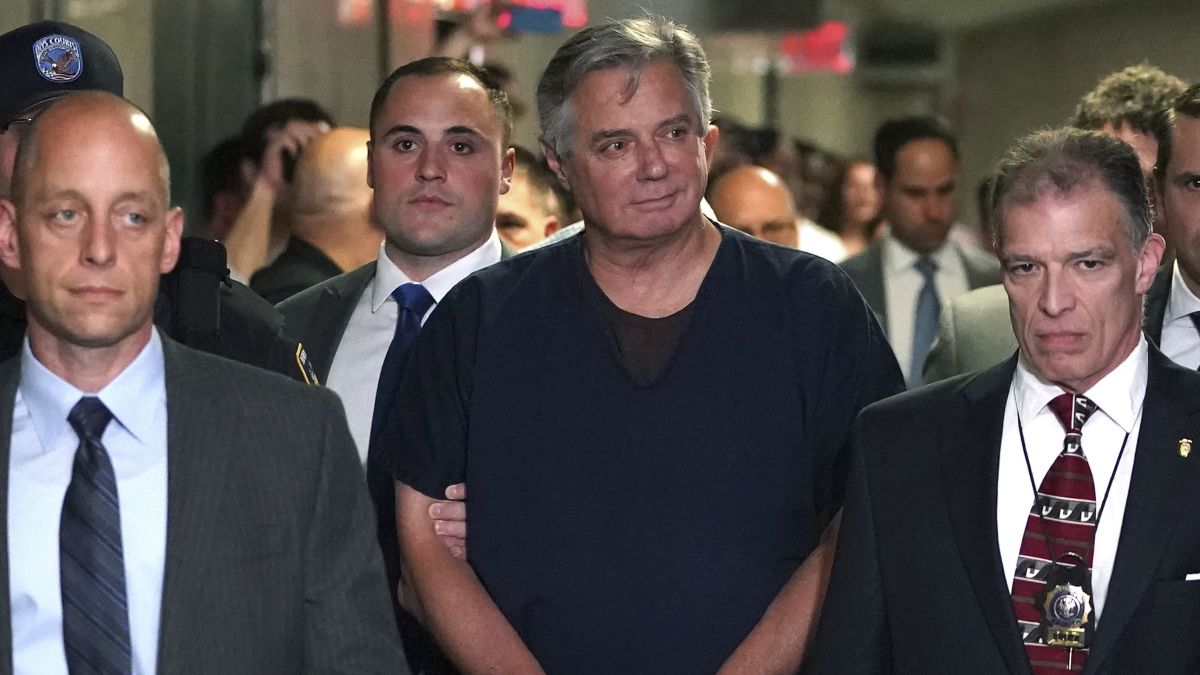
Andy Beshear
Dear Commons Community,
Based on yesterday’s political contests, a suburban revolt against President Donald Trump’s Republican Party is growing even in the South.
Democrats won complete control of the Virginia government for the first time in a generation on Tuesday and claimed a narrow victory in the Kentucky governor’s race, as Republicans struggled in suburbs where President Trump is increasingly unpopular.
In capturing both chambers of the legislature in Virginia, Democrats have cleared the way for Gov. Ralph S. Northam, who was nearly driven from office earlier this year, to press for measures tightening access to guns and raising the minimum wage that have been stymied by legislative Republicans.
In Kentucky, Gov. Matt Bevin, a deeply unpopular Republican, refused to concede the election to his Democratic challenger, Attorney General Andy Beshear. With 100 percent of the precincts counted, Mr. Beshear was ahead by 5,100 votes.
Mr. Beshear presented himself as the winner, telling supporters that he expected Mr. Bevin to “honor the election that was held tonight.”
“Tonight, voters in Kentucky sent a message loud and clear for everyone to hear,” Mr. Beshear said. “It’s a message that says our elections don’t have to be about right versus left, they are still about right versus wrong.”
Mr. Bevin asserted to supporters that “there have been more than a few irregularities,” without offering specifics.
Mr. Bevin’s troubles did not appear to be a drag on other Republicans, who captured every other statewide race in Kentucky — a sign that Kentucky voters were rejecting Mr. Bevin and not his party. Daniel Cameron handily won the attorney general’s race, becoming the first African-American to claim the office and the first Republican to do so in over 70 years.
Republicans did manage to capture the governor’s mansion in Mississippi as Lt. Gov. Tate Reeves defeated Attorney General Jim Hood by about five percentage points in an open-seat race that illustrated the enduring conservatism of the Deep South. The final governorship up for grabs in these off-year campaigns is in Louisiana where Gov. John Bel Edwards, a Democrat, is facing re-election a week from Saturday.
According to reporting by the Associated Press: “It’s difficult to draw sweeping conclusions from state elections, each with their own unique quirks and personalities. But there’s little doubt Tuesday’s outcome is a warning to Republicans across the nation a year out from the 2020 election and a year after the 2018 midterms: The suburbs are still moving in the wrong direction.
“Republican support in the suburbs has basically collapsed under Trump,” said Republican strategist Alex Conant. “Somehow, we need to find a way to regain our suburban support over the next year.”
The stakes are undoubtably high. While neither Virginia nor Kentucky is likely to be a critical battleground in the presidential race next year, Tuesday’s results confirm a pattern repeated across critical swing states — outside of Philadelphia, Detroit and Charlotte, North Carolina. They’re also sure to rattle Republican members of Congress searching for a path to victory through rapidly shifting territory.
To be sure, Republicans demonstrated their firm grip on rural areas, and turnout for both sides appeared to be healthy for off-year elections. Notably, Kentucky’s voters elected Republicans to a handful of other statewide offices. In Mississippi, another Trump stronghold, Republicans kept their hold on the governor’s office, as Lt. Gov. Tate Reeves defended well-funded Democratic Attorney General Jim Hood.
But the GOP’s challenge was laid bare in places like Virginia’s Henrico County just outside Richmond.
Republican state Sen. Siobhan Dunnavant won there by almost 20 percentage points four years ago. The area has recently been transformed by an influx of younger, college-educated voters and minorities, a combination that’s become a recipe for Democrats’ support.
With the final votes still trickling in Tuesday night, Dunnavant was barely ahead of Democrat Debra Rodman, a college professor who seized on Trump and her Republican opponent’s opposition to gun control to appeal to moderate voters.
In northern Virginia, Democrat John Bell flipped a state Senate district from red to blue in a district that has traditionally favored Republicans. The race, set in the rapidly growing and diverse counties outside of Washington, D.C., attracted nearly $2 million in political advertising.
Democrats’ surging strength in the suburbs reflects the anxiety Trump provokes among moderates, particularly women, who have rejected his scorched-earth politics and uncompromising conservative policies on health care, education and gun violence.
Republicans’ response in Virginia was to try to stay focused on local issues. In the election’s final days, Dunnavant encouraged Trump to stay out of the state. The president obliged, sending Vice President Mike Pence instead.
Struggling for a unifying message, some Republicans turned to impeachment, trying to tie local Democrats to their counterparts in Washington and the effort to impeach Trump.
No one played that card harder than Kentucky’s Bevin, who campaigned aside an “impeachment” banner and stood next to Trump on the eve of the election.
But even in ruby-red Kentucky, Trump was not a cure-all and the trouble in the suburbs emerged.
Bevin struggled in Republican strongholds across the northern part of the state, where the Democrats’ drift and increased enthusiasm was clear.
In 2015, Bevin won Campbell County south of Cincinnati handily. On Tuesday, Beshear not only carried the county with ease, he nearly doubled the number of Democratic votes there, compared to the Democratic nominee of four years ago. Beshear also found another 74,000 Democratic votes in urban Jefferson County, home of Louisville.
Beshear led Bevin by the narrowest of margins Tuesday night.
Republicans were quick to blame Bevin for his stumbles. The governor was distinctly unpopular and picked fights with powerful interests in the state. Still, it was difficult for Republicans not to note the warning signs for the party next year and beyond.
“They continue to lose needed support in suburban districts, especially among women and college-educated voters,” said Republican strategist Rick Tyler. “That trend, if not reversed, is a death spiral.”
Good election night for Democrats!
Tony
















